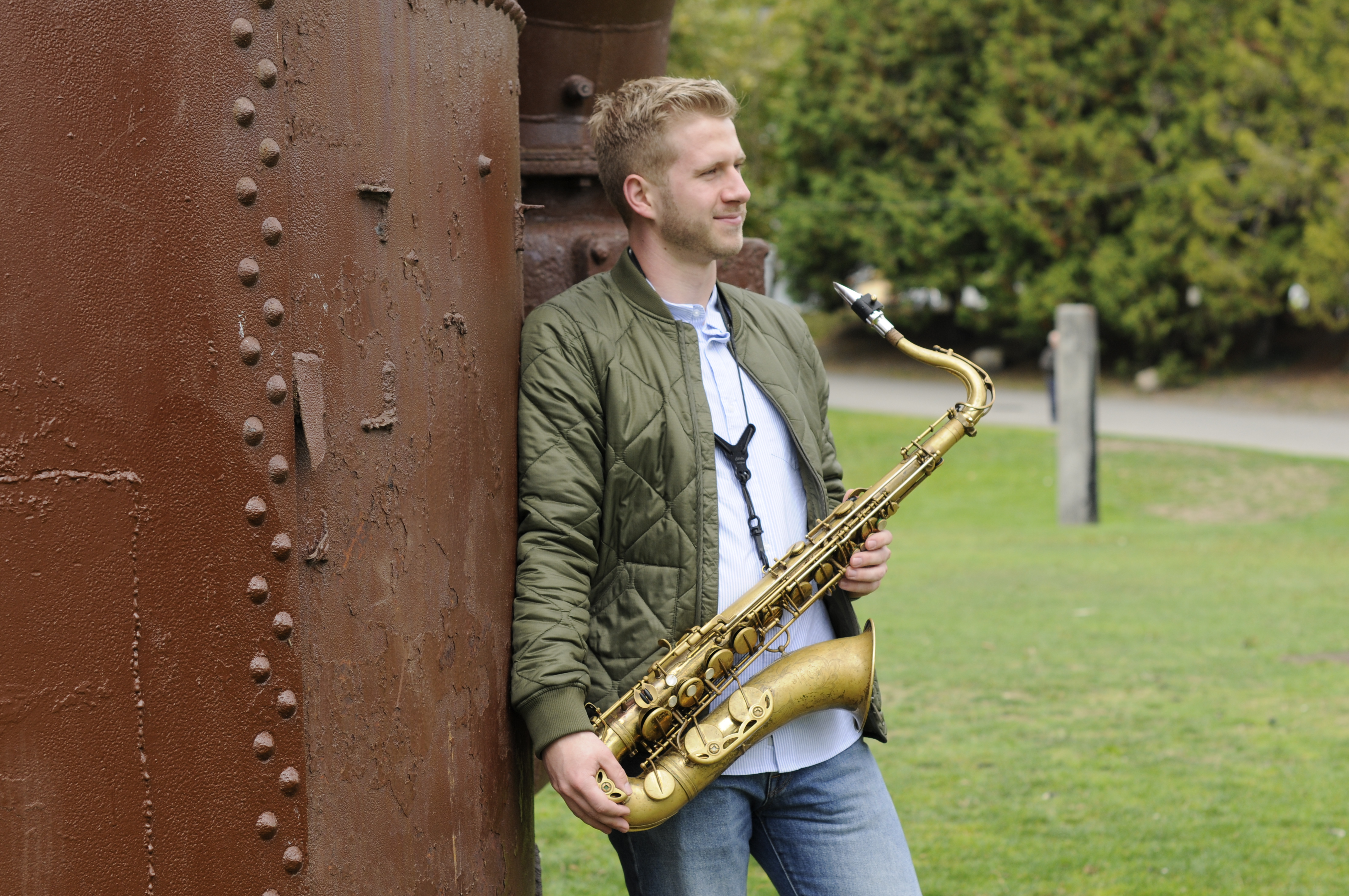

One thing that is important about Ronan is that sea lions are not "vocal mimics." All the previous animals that had been shown to have beat-keeping abilities had been of species that have vocal flexibility. Rouse says that they asked, "Does Ronan's behaviour fit this proposed model? And we found that it does." And previous studies in people had shown that the equation describes well human beat-keeping. This idea lies at the core of the neural resonance theory of music. Applying this to the brain, the theory behind the experiment is that to move in time to music, the neural activity in auditory brain centres first oscillates in synchrony with the rhythmic input and then this oscillation entrains an oscillation in the neurons of the motor centers that drive movement. The equation they used was from the physics of coupled oscillators-which can be as stripped down as two swinging pendulums. And then they tested if a simple mathematical equation could account for the data. Something they also did by playing Boogie Wonderland at different speeds. After shifting either the tempo or phase of the click track that Ronan was bobbing her head to, the researchers carefully charted how her movements were recalibrated. To probe the brain mechanisms responsible for beat-keeping, Rouse says you must, "get a person or animal moving to the beat, then change the rhythm suddenly and look at how they adapt to the change, how they find the beat again." But such studies "don't reveal any underlying cause."

"A lot of the work that has been done on beat-keeping in general-to show whether a person or an animal is entrained-has used an observational approach, which looks at how close the animal is to each individual beat," explains Rouse. And now in a paper in Frontiers in Neuroscience, Rouse and the team take their analysis a step further. They published an initial report in 2013 documenting this skill, which included numerous control experiments that confirmed that she was truly responding to the rhythmic input. See Also: Engineering music to sound better with cochlear implants Later, she learnt to dance to pop songs too her favourite is Earth, Wind and Fire's Boogie Wonderland. Rewarding her with fish treats every time she successfully nodded along to a click track, Cook and Rouse eventually found that Ronan could beat-keep better than any other non-human animal.

Her new team of keepers had previously explored the cognitive abilities of sea lions, and in what was originally a side-project explored at weekends, Peter Cook and Andrew Rouse decided to see if Ronan could keep a beat. Ronan was placed in captivity when she was about a year old after failing to thrive in the wild. Snowball bopping along to pop songs clearly demonstrated that non-human species had the neurobiological apparatus required to process rhythmic stimuli and move in time them.Īnd now-following investigations that have shown that chimps, bonobos, parrots and budgerigars have similar capabilities-a study of a head-bobbing Californian sea lion called Ronan has provided data that may aid scientists in their quest to understand the biological roots of musicality. This view, however, was challenged profoundly in 2009, when a cockatoo called Snowball was shown to be an able dancer. And, indeed, for a long time, most scientists believed that Homo sapiens was the only species capable of creating and responding to rhythm and melody.ĭon't Miss: Move over Mozart: Study shows cats prefer their own beat Whether it is Mozart, Hendrix, Miles Davis, or tribal drumming, few activities feel as uniquely human as music.
Ronan the sea lion can keep the beat better than any other animal, a study published in Frontiers in Neuroscience found out. Ronan the sea lion: Best beat-keeper in the animal kingdom.


 0 kommentar(er)
0 kommentar(er)
